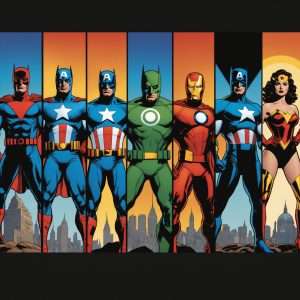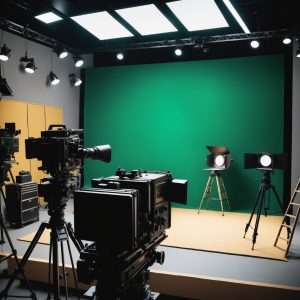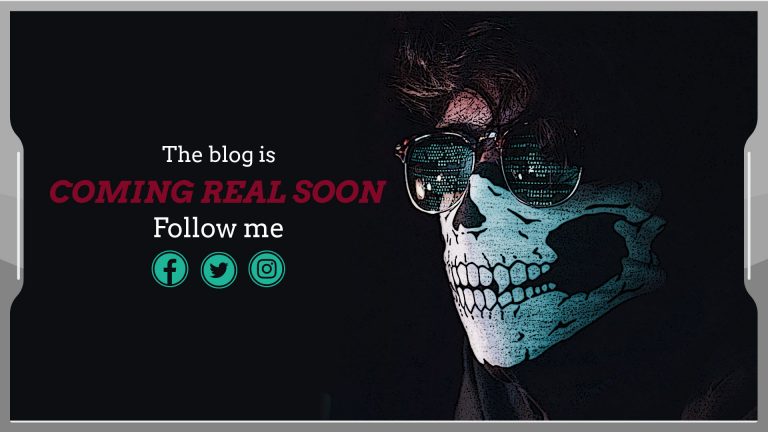Zombie Bunny is Reader-supported and may earn an affiliate commission through links on our site.
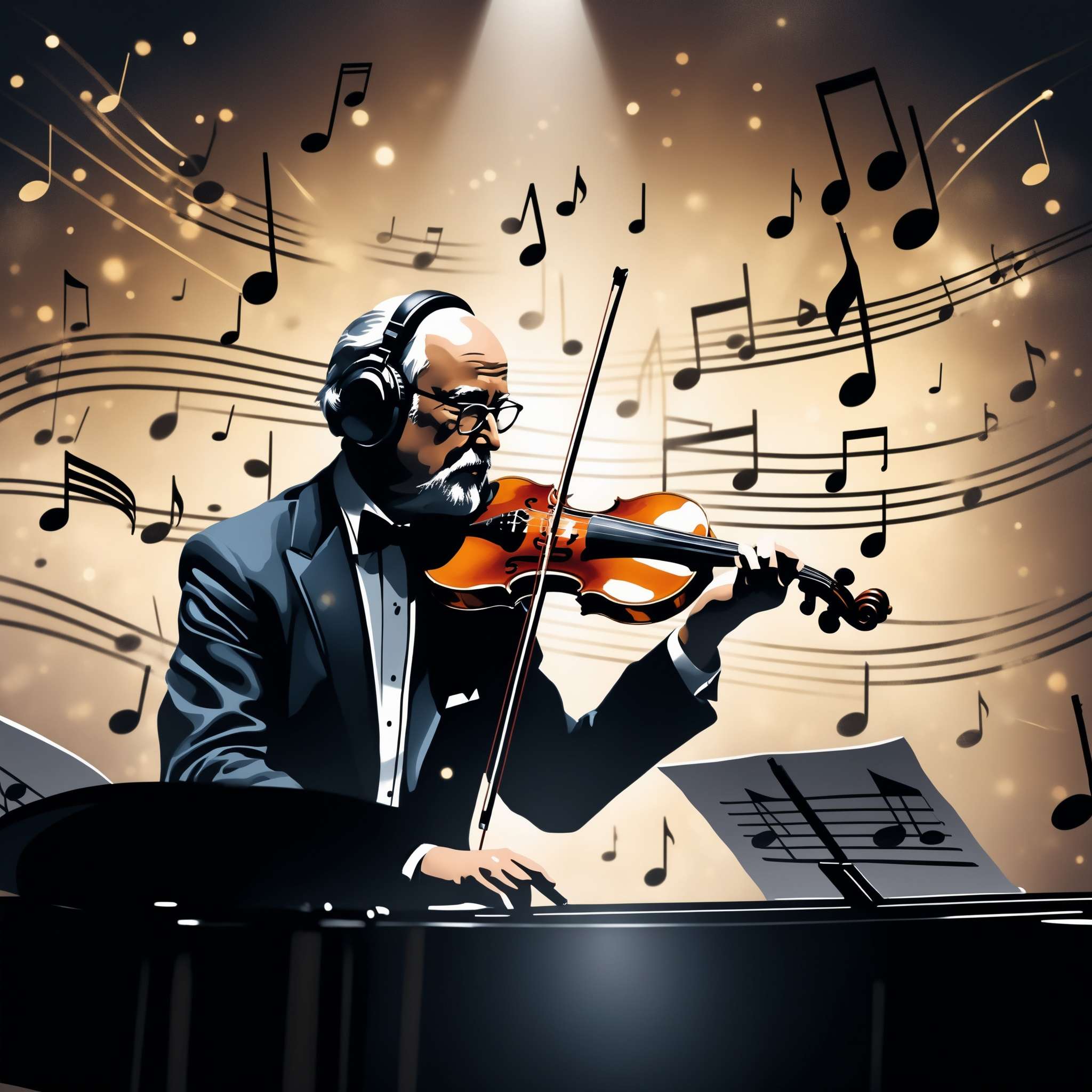
A Symphony of Emotions: The Invisible Power of Music in Film
Explore how music breathes life into film, creating a unique emotional experience, and discover the unsung heroes of cinema. #FilmMusic #CinemaScores
Explore the invisible yet powerful role of music in cinema, from setting the mood and driving the narrative to subtly manipulating audience’s emotions. Learn about the psychology and science of music, how iconic composers like John Williams, Hans Zimmer, and Ennio Morricone have revolutionized film scoring, and how they continue to raise the bar. Discover how technological advancements have shaped film music and the exciting possibilities that lie ahead as immersive formats like virtual and augmented reality emerge. This blog dives deep into the profound impact of music on the cinematic experience, and how it continues to evolve, innovate, and remain the emotional heartbeat of film.
Introduction: Setting the Stage
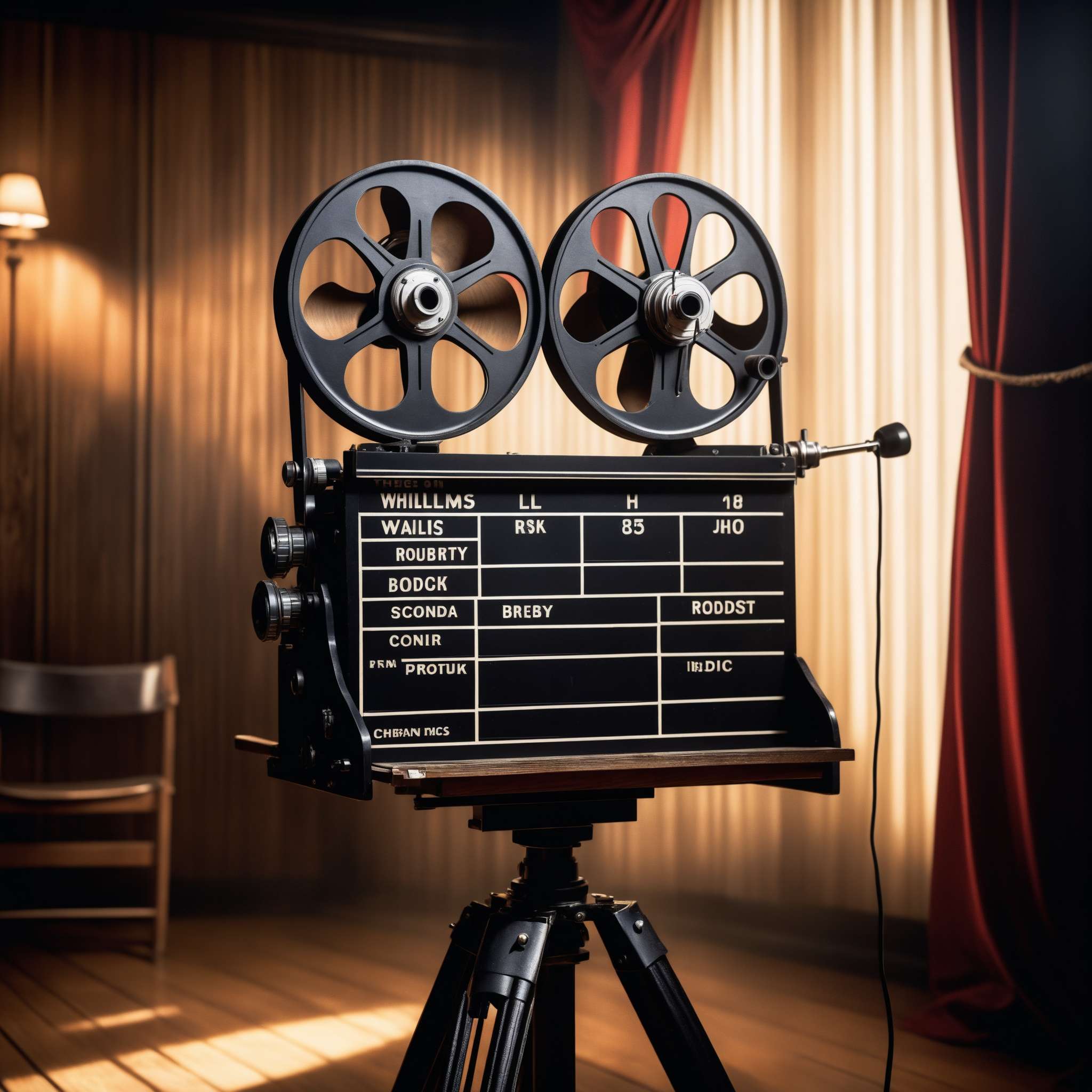
© Copyright , ZombieBunny.Org
The role of music in films
Music in films often operates as an unseen character, subtly influencing the narrative and guiding our emotional responses. It sets the tempo of the scenes, providing cues about what the audience should be feeling at any given moment. Whether it’s the ominous background score heralding impending danger, or the triumphal fanfare during a hero’s victory, music lends a significant emotional depth to the cinematic experience.
Moreover, music contributes to the overall aesthetic of the film. From the syncopated jazz soundtracks of noir films to the sweeping orchestral scores of epic dramas, music helps establish the style and mood of the film. It’s the sonic tapestry woven around the visuals, enhancing the storytelling by setting a rhythm to the narrative. Thus, the role of music in films extends far beyond mere background noise, acting as a powerful tool for storytelling and emotional manipulation.
The power of music to evoke emotions
Music taps into a primal part of our psyches, and its power to evoke emotions is unparalleled. In film, this power is harnessed to guide the viewer’s emotional journey. A soaring score can elevate a triumphant scene, making our hearts race with the hero’s victory. Alternatively, a melancholic melody can make a poignant scene even more heartrending, drawing tears from even the most stoic audiences.
This emotional manipulation is no accident. Composers employ specific keys, chords, and progressions known to elicit certain feelings, thereby amplifying the intended emotional response. Major keys usually signify happiness, while minor keys often hint at sadness or tension. Fast-paced music can create a sense of urgency or excitement, while slow tempos might evoke tranquility or sorrow. Thus, music in film acts as a universal language, communicating emotions to audiences regardless of their linguistic or cultural backgrounds.
Brief overview of the history of film scores
The history of film scores traces back to the silent movie era when live orchestras or pianists performed accompanying music. With the advent of ‘talkies’ in the late 1920s, synchronized soundtracks became possible, and the era of orchestral scores was born. Composers like Max Steiner and Bernard Herrmann began creating dramatic, sweeping scores that became integral to the films they accompanied.
In the 1950s and 60s, as cinema evolved, so too did film scores. Jazz and pop music began to infiltrate soundtracks, mirroring cultural shifts. The late 20th century saw the rise of electronic and synthesized music in film scores, with composers like Vangelis and Hans Zimmer pushing boundaries. Today, film scores are as diverse as the films they accompany, ranging from minimalistic ambient soundscapes to grand orchestral compositions. Thus, the history of film scores is a reflection of the evolution of both music and cinema over the past century.
Mapping Emotions: The Psychology of Music
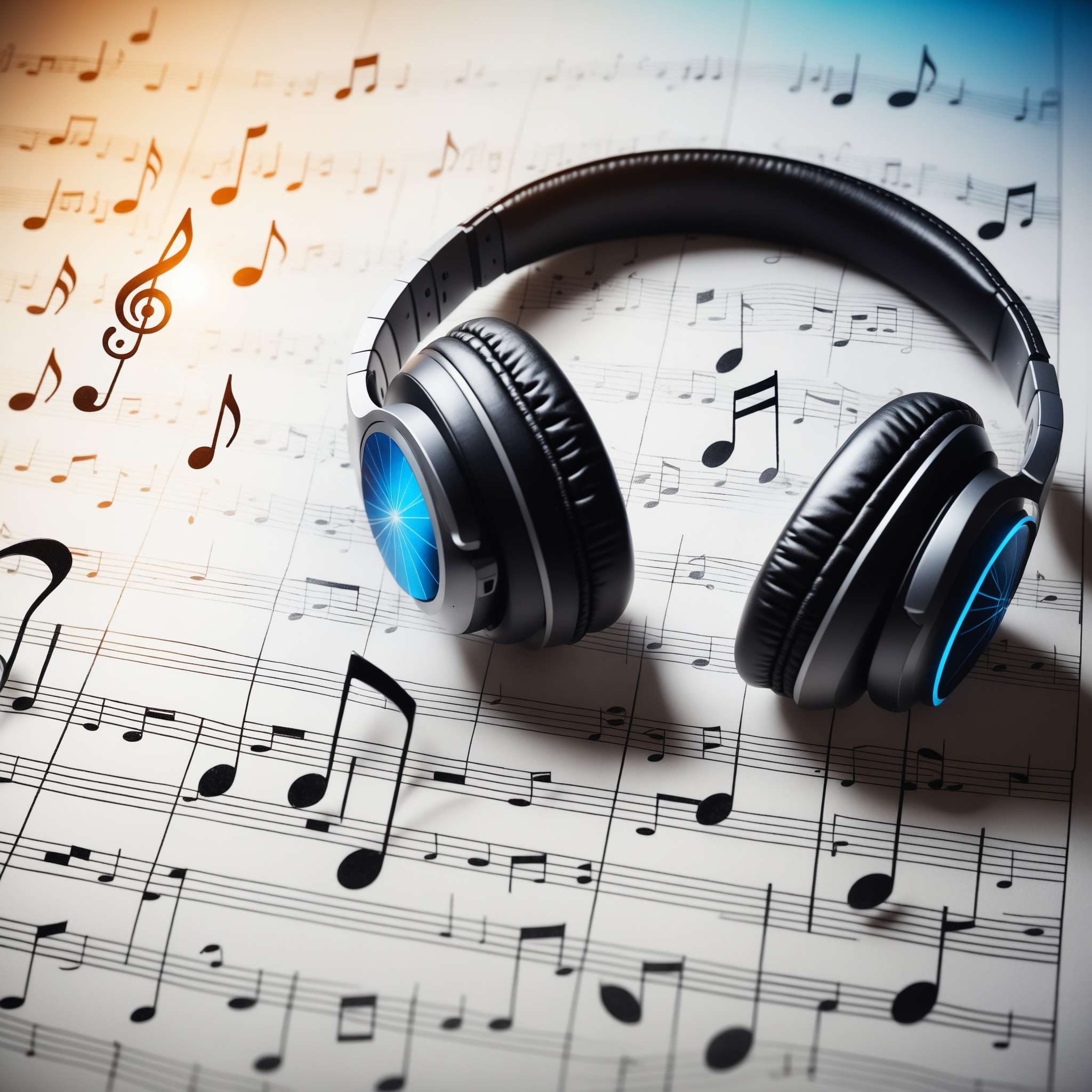
© Copyright , ZombieBunny.Org
The psychological effects of music
Music’s ability to influence our emotions is deeply rooted in psychology. Research has shown that music can affect our mood, stimulate memories, and even alter our perception of time. The right melody can induce feelings of joy, sadness, fear, or excitement. These psychological effects of music are not just limited to our personal experiences or preferences. They are often universal, transcending cultural and linguistic barriers.
From a neurological perspective, music activates several areas of the brain, including those responsible for emotion, memory, and reward. Studies have shown that listening to music we enjoy triggers the release of dopamine, the ‘feel-good’ neurotransmitter. This explains why certain songs can uplift us or why we get chills when we hear a moving piece of music. Furthermore, music’s rhythmic elements can synchronize with our heartbeats, furthering its emotional impact. Thus, the psychological effects of music are profound, making it a powerful tool in the realm of cinema.
The science of music and emotions
Delving into the science of music and emotions, one finds a rich tapestry of research that illuminates how deeply intertwined these two elements are. In essence, the interaction between music and our brain is a complex dance, with certain musical elements triggering specific emotional responses. For instance, fast tempos and major keys are often associated with positive emotions, while slow tempos and minor keys are linked with negative emotions.
This emotional mapping is not arbitrary. It’s deeply rooted in our evolutionary biology. For instance, sudden, loud sounds can trigger a fear response, a throwback to our ancestors’ need for alertness in the face of danger. Similarly, a sad melody might mimic the tonal qualities of a mournful cry, triggering a sympathetic emotional response. This science of music and emotions is a key component in film scoring, enabling composers to manipulate audiences’ feelings with remarkable precision.
Examples of music manipulating emotions in films
Cinema provides countless examples of music manipulating emotions. Consider the infamous shower scene in Hitchcock’s ‘Psycho’. The high-pitched, repetitive violin stabs composed by Bernard Herrmann heighten the terror, making the scene much more horrifying than it would be in silence.
On a more uplifting note, recall the flying scene from ‘E.T. the Extra-Terrestrial’. As Elliott takes flight on his bicycle with E.T., John Williams’ soaring score fills us with a sense of wonder and joy, encapsulating the magic of the moment. Another iconic example is the ‘Jaws’ theme. The simple yet menacing two-note motif composed by Williams again, immediately induces a sense of impending doom, even before the shark is visible. These examples illustrate how music in film doesn’t just accompany the action, but actively shapes our emotional response, demonstrating its invisible power in the cinematic experience.
Master Craftsmen: Iconic Composers and their Legendary Scores
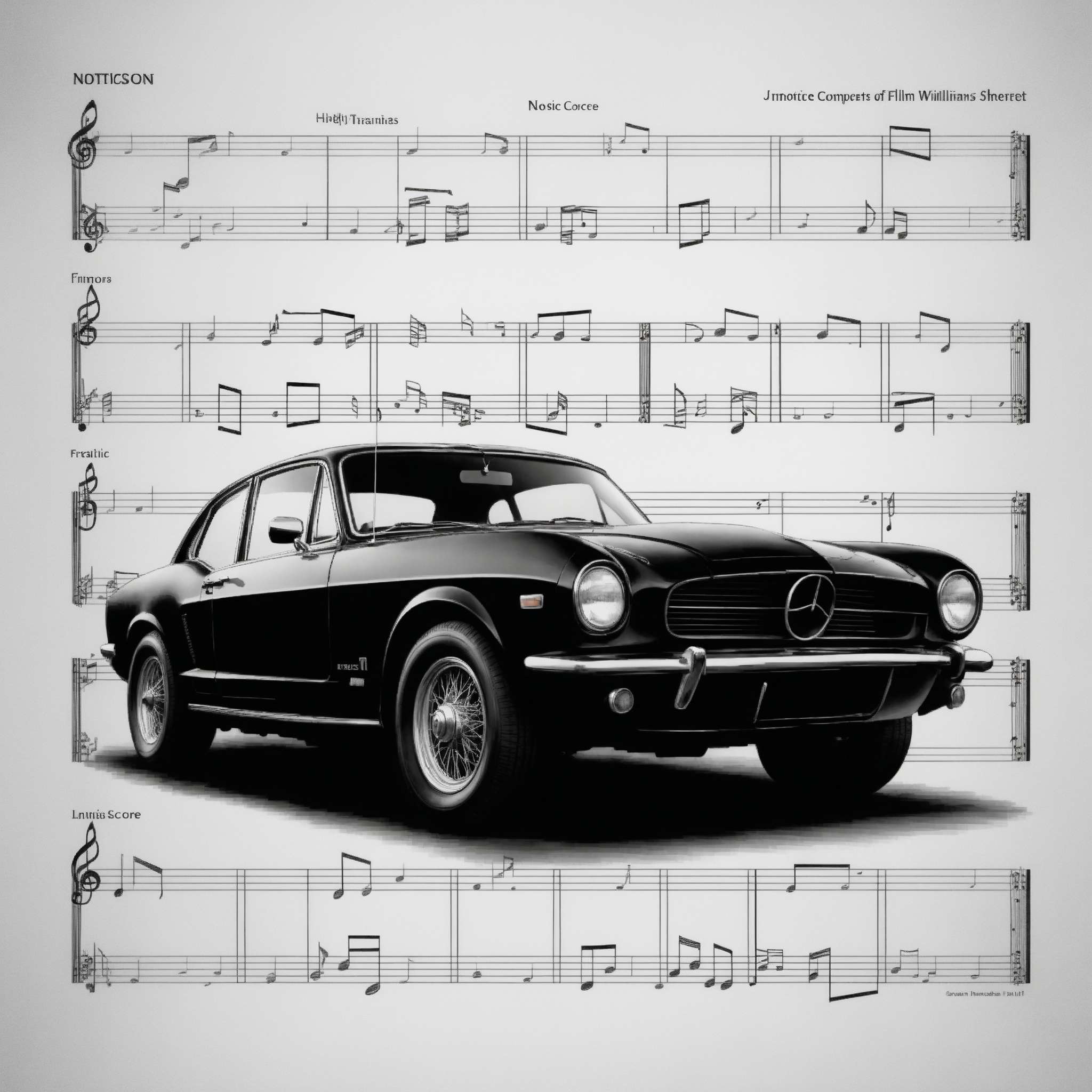
© Copyright , ZombieBunny.Org
Profiles of iconic film composers
The landscape of film music has been shaped by several iconic composers. John Williams, renowned for his work on ‘Star Wars’, ‘Jaws’, and ‘Indiana Jones’, is known for his grand, symphonic scores, evoking a sense of adventure and wonder. His thematic approach to scoring, with specific melodies associated with characters or concepts, has become a hallmark of his style.
Equally influential is Hans Zimmer, the mastermind behind the scores for ‘The Lion King’, ‘Inception’, and ‘Interstellar’. Zimmer’s music is known for its integration of electronic sounds with traditional orchestral arrangements, creating unique soundscapes that enhance the filmic experience.
Ennio Morricone, known for his work on ‘The Good, the Bad and the Ugly’, revolutionized the film score with his innovative use of unconventional instruments and voice. His scores are characterized by their evocative melodies and atmospheric sounds. These composers, among others, have left indelible marks on the world of film music.
Analysis of universally recognized film scores
Universally recognized film scores often share certain characteristics. Let’s consider John Williams’ score for ‘Star Wars’. The main theme, with its triumphant brass fanfare, immediately evokes a sense of grand adventure, fitting for an epic space opera. The ‘Imperial March’, with its ominous minor key and heavy, militaristic rhythm, perfectly encapsulates the menacing power of Darth Vader and the Empire.
On the other hand, Ennio Morricone’s score for ‘The Good, the Bad and the Ugly’ uses a unique blend of sounds, including whistling, yodeling, and a twanging jew’s harp, to create a distinctly Western soundscape. The main theme, with its repetitive melody and rhythm, becomes instantly recognizable and synonymous with the film.
Hans Zimmer’s score for ‘Inception’, particularly the track ‘Time’, uses slow-building layers of sound and rhythm to create a sense of tension and anticipation, mirroring the film’s complex narrative structure. These scores, iconic in their own right, showcase the power of music in enhancing the cinematic experience.
Influence of these composers on the industry
The influence of iconic composers like John Williams, Hans Zimmer, and Ennio Morricone on the film industry cannot be overstated. They’ve not only raised the bar for film scoring but have also broadened the perception of what a film score can be.
Williams’ thematic approach to scoring has become a staple in the industry, with many composers employing similar techniques to create memorable, emotionally resonant scores. Zimmer’s innovative use of technology and integration of electronic sounds has opened new avenues in film scoring, pushing the boundaries of what is sonically possible. Morricone’s inventive use of unconventional sounds has expanded the sonic palette available to composers, encouraging experimentation and creativity.
Their scores have become synonymous with the films they accompany, demonstrating the potential of music to elevate a film from mere visuals to a fully immersive, emotional experience. These composers have not only shaped the sound of cinema but have also inspired countless others to follow in their footsteps.
Modern Soundscapes: The Evolution of Music in Film
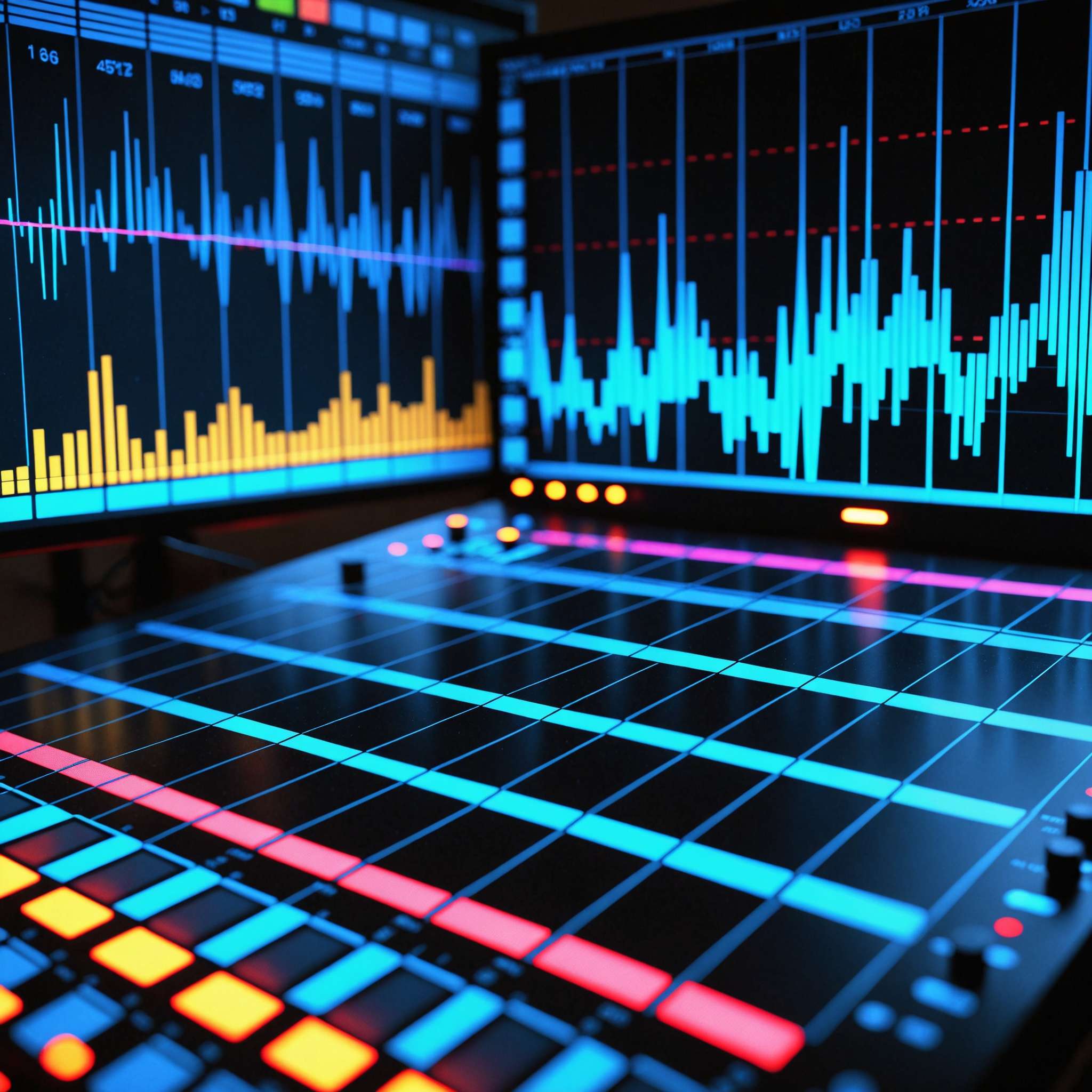
© Copyright , ZombieBunny.Org
Changes in film scoring over time
Film scoring has undergone significant changes over time, evolving alongside advancements in technology and shifts in cinematic trends. In the early days of cinema, live music was performed in sync with silent films. With the advent of ‘talkies’, orchestral scores became the norm, providing a symphonic backdrop to the on-screen action.
In the mid-20th century, as film genres diversified, so too did their scores. Jazz, rock, and pop influences began to permeate film music, reflecting societal changes. The advent of electronic music brought about another shift, with synthesizers and digital sounds adding new dimensions to film scores.
In recent years, there’s been a move towards more ambient, textural scores. These often rely less on melody and more on mood, using sound design techniques to create immersive soundscapes that blend seamlessly with the film’s sound effects. This evolution of film scoring reflects the medium’s constant innovation and its power to adapt and evolve with changing times.
The influence of technology on film music
Technology has had a profound influence on film music, revolutionizing the way scores are composed, recorded, and experienced. In the early days, scores were recorded with full orchestras in large studios. With the advent of electronic instruments and synthesizers, composers gained the ability to create a wide array of sounds without the need for a large ensemble. This opened up new possibilities for experimentation and innovation in film scoring.
Digital technology has further revolutionized film music. With advanced software, composers can now create complex scores from their own studios, using virtual instruments that mimic the sound of real ones. This has democratized film scoring, making it accessible to a wider range of creators.
Moreover, advances in sound design technology have blurred the lines between music and sound effects in film, leading to the creation of immersive soundscapes that heighten the cinematic experience. Thus, technology continues to shape the evolution of film music, pushing its boundaries and expanding its potential.
The future of music in film
The future of music in film promises to be as dynamic and innovative as its past. As technology continues to evolve, offering new tools and platforms, the possibilities for film scoring expand. We can expect to see more integration of digital sounds and unconventional musical elements, pushing the boundaries of what a film score can be.
Moreover, with the rise of immersive formats like virtual and augmented reality, film music will play an even more crucial role in creating enveloping, multi-sensory experiences. Composers will need to think beyond the traditional two-dimensional soundstage, considering how music can move and evolve within a three-dimensional space.
As cinema continues to evolve, so too will its music, adapting to new formats, technologies, and narrative styles. The future of film music holds exciting possibilities, promising to continue its tradition of innovation and creativity while carrying forward its role as the emotional heartbeat of cinema.
Conclusion: The Resounding Impact of Music in Cinema
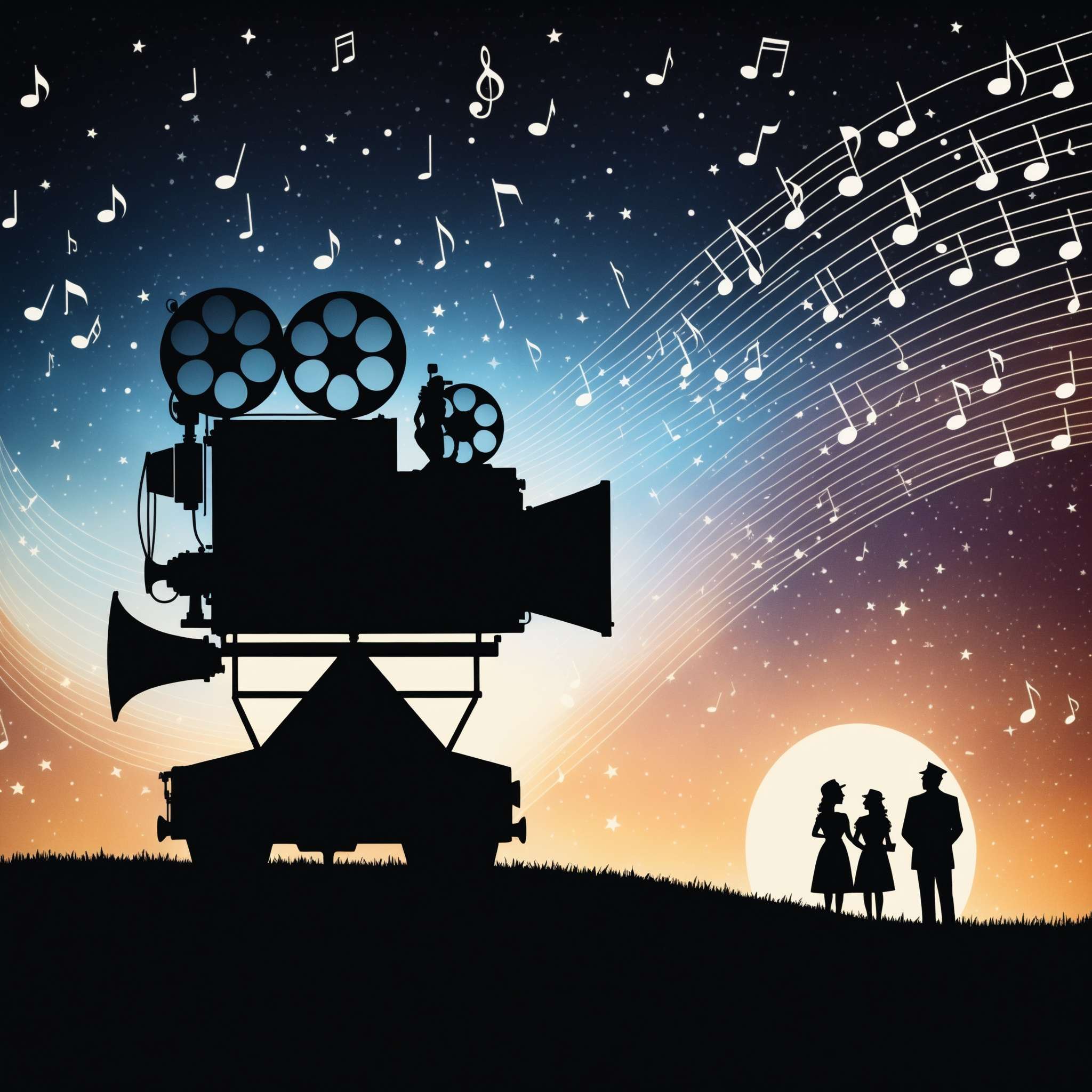
© Copyright , ZombieBunny.Org
Recap of the importance of music in film
Music is an integral component of the cinematic experience, acting as an unseen character that guides our emotional responses and enhances the narrative. From setting the mood and establishing the aesthetic, to manipulating emotions and driving the narrative, music is much more than a mere accompaniment to the visuals on screen.
The importance of music in film is evident in the works of iconic composers like John Williams, Hans Zimmer, and Ennio Morricone, whose scores have become synonymous with the films they accompany. Their innovative use of musical elements, from thematic motifs to unconventional sounds, has elevated the art of film scoring to new heights. As we’ve explored, the invisible power of music in film is deeply rooted in psychology and the science of emotions, underscoring its profound impact on the cinematic experience.
Current trends and future predictions
Current trends in film music reflect a shift towards more ambient, textural scores that blend seamlessly with a film’s sound design. Composers are increasingly experimenting with electronic sounds, digital manipulation, and unconventional musical elements to create unique soundscapes. As technology continues to evolve, we can expect these trends to persist, pushing the boundaries of what a film score can be.
Looking to the future, the rise of immersive formats like virtual and augmented reality present exciting possibilities for film music. Composers will have to think spatially, creating scores that can evolve and move within a three-dimensional space. Moreover, as artificial intelligence continues to advance, its role in music creation could also become more significant. While it’s challenging to predict exactly what the future holds for film music, it’s clear that it will continue to evolve and innovate, reflecting the ever-changing landscape of cinema.
Final thoughts on the invisible power of music in film
The invisible power of music in film is a testament to its profound ability to influence our emotions and shape our cinematic experiences. It’s the hidden force that guides our journey through the narrative, subtly shaping our emotional responses and enhancing our immersion in the story. Whether it’s the triumphant fanfare of a hero’s victory, the ominous tones signaling impending danger, or the melancholic melody of a poignant scene, music is the emotional heartbeat of cinema.
As technology continues to evolve and new storytelling formats emerge, the role of music in film will continue to adapt and innovate. And while the tools and techniques may change, the fundamental power of music to evoke emotion will remain. It’s this universal language of emotion that makes music such an integral part of cinema, a symphony of emotions that enhances, enriches, and elevates the filmic experience.
Please support our site and purchase something from our store.

